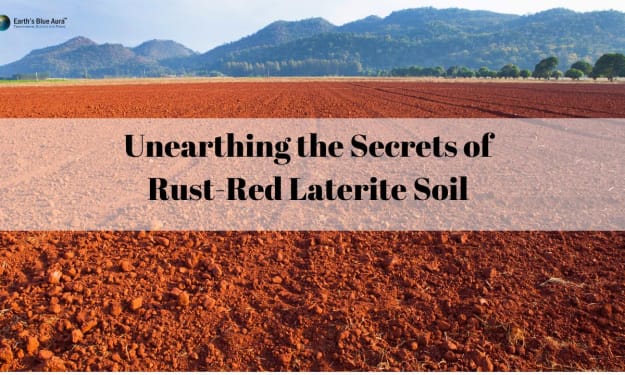Russian-Ukrainian Relations
The complex nature of the relationship between Russia and Ukraine, including cultural, economic, and political ties.

Russian-Ukrainian relations are marked by a complex interplay of cultural, economic, and political ties, reflecting their shared history and geographic proximity. However, these ties have also been a source of contention and conflict, particularly in recent years.
Cultural Ties:
Russia and Ukraine share deep historical, linguistic, and cultural connections. Both nations were part of the Kievan Rus, a medieval East Slavic state, which contributed to the development of a shared cultural heritage. The Russian and Ukrainian languages are closely related, although they have distinct dialects and variations. There are also significant cultural exchanges in literature, music, art, and traditions.
Economic Ties:
Economically, Russia and Ukraine have long been intertwined. Historically, Ukraine was an important agricultural and industrial region within the Soviet Union, with many factories and industries supplying goods to the broader Soviet market. After the dissolution of the Soviet Union, Ukraine faced challenges in transitioning to a market economy, and its economic ties with Russia remained significant. Trade relations, energy cooperation, and labor migration were prominent aspects of the economic relationship between the two countries.
Political Ties:
Political relations between Russia and Ukraine have been complex and often strained. Since Ukraine gained independence in 1991, it has pursued a path towards closer integration with Europe and the West. However, there have been periods of closer political alignment with Russia, particularly under former Ukrainian President Viktor Yanukovych, who was seen as pro-Russian. This divergence in political orientations has been a source of tension, culminating in the Euromaidan protests in 2013-2014, which led to Yanukovych's ousting and Russia's subsequent annexation of Crimea.
Conflicting Interests and Tensions:
The conflicting interests between Russia and Ukraine have significantly strained their relationship. Russia has been concerned about the potential for NATO's expansion eastward, viewing it as a threat to its national security. Ukraine's aspirations for closer integration with the European Union and NATO have been met with resistance from Russia, leading to a deepening of the divide.
The conflict in eastern Ukraine, primarily in Donetsk and Luhansk, has exacerbated tensions. The involvement of Russia-backed separatist movements and allegations of direct Russian military support have further strained relations. This has resulted in a breakdown of trust and a deterioration in diplomatic channels between the two nations.
Conclusion:
Russian-Ukrainian relations are characterized by a complex mixture of cultural, economic, and political ties. While there are shared historical and cultural connections, conflicting geopolitical interests and divergent political orientations have created significant challenges and strains. The conflict in eastern Ukraine and the annexation of Crimea have further deepened these divisions. Resolving these complex issues requires careful diplomacy, negotiation, and a focus on finding common ground to restore stability and foster positive relations between Russia and Ukraine.
The historical relationship between Russia and Ukraine is multifaceted, with periods of cooperation and tension that have shaped their interactions over the centuries. These dynamics reflect the geopolitical, cultural, and historical complexities between the two nations.
Kievan Rus and Medieval Times:
The origins of the relationship can be traced back to the medieval state of Kievan Rus, which encompassed territories that are now part of modern-day Russia, Ukraine, and Belarus. Kievan Rus played a crucial role in the development of both Russian and Ukrainian cultures, languages, and traditions. However, over time, the Mongol invasions and subsequent fragmentation weakened Kievan Rus, leading to the emergence of separate principalities and states.
Cossack Hetmanate and the Russian Empire:
During the 17th and 18th centuries, Ukraine witnessed the rise of the Cossack Hetmanate, an autonomous polity that sought to maintain its independence from external powers. However, the region experienced a series of conflicts and wars, including the Russo-Turkish Wars, where Ukraine became a theater of competition between Russia and the Ottoman Empire. Ultimately, Ukraine came under the control of the Russian Empire in the late 18th century, marking the beginning of a more formalized relationship.
Soviet Era and Ukrainian Independence:
The 20th century brought significant changes to the Russian-Ukrainian relationship. Following the Russian Revolution of 1917, Ukraine briefly experienced independence as the Ukrainian People's Republic. However, the Ukrainian territories were later incorporated into the Soviet Union, and the Ukrainian Soviet Socialist Republic was established.
Throughout the Soviet era, Ukraine played a vital role as an industrial and agricultural hub within the Soviet Union. However, tensions occasionally arose between Moscow and Kyiv over issues such as language, cultural identity, and political autonomy. Notably, the Holodomor, a man-made famine in the 1930s that resulted in millions of Ukrainian deaths, further strained relations between the two nations.
Post-Soviet Independence and Ongoing Tensions:
With the dissolution of the Soviet Union in 1991, Ukraine gained independence, marking a new chapter in Russian-Ukrainian relations. While initial efforts were made to foster cooperation and maintain ties, differences in political orientation and diverging geopolitical aspirations emerged. Ukraine sought closer integration with the West, including potential membership in the European Union and NATO, which Russia viewed as a threat to its sphere of influence.
Tensions reached a boiling point with the annexation of Crimea by Russia in 2014, followed by the conflict in eastern Ukraine. Russia's actions were met with condemnation from the international community and further strained the relationship between the two nations. The ongoing conflict in eastern Ukraine, with its human toll and geopolitical implications, continues to be a significant source of tension.
The historical relationship between Russia and Ukraine has been shaped by a mixture of cooperation and tension. While periods of cooperation and shared cultural heritage have contributed to their intertwined history, differences in political aspirations and conflicting interests have strained the relationship. Understanding this complex historical context is crucial for comprehending the current state of affairs between Russia and Ukraine and seeking avenues for dialogue and resolution.
About the Creator
Enjoyed the story? Support the Creator.
Subscribe for free to receive all their stories in your feed. You could also pledge your support or give them a one-off tip, letting them know you appreciate their work.






Comments
There are no comments for this story
Be the first to respond and start the conversation.